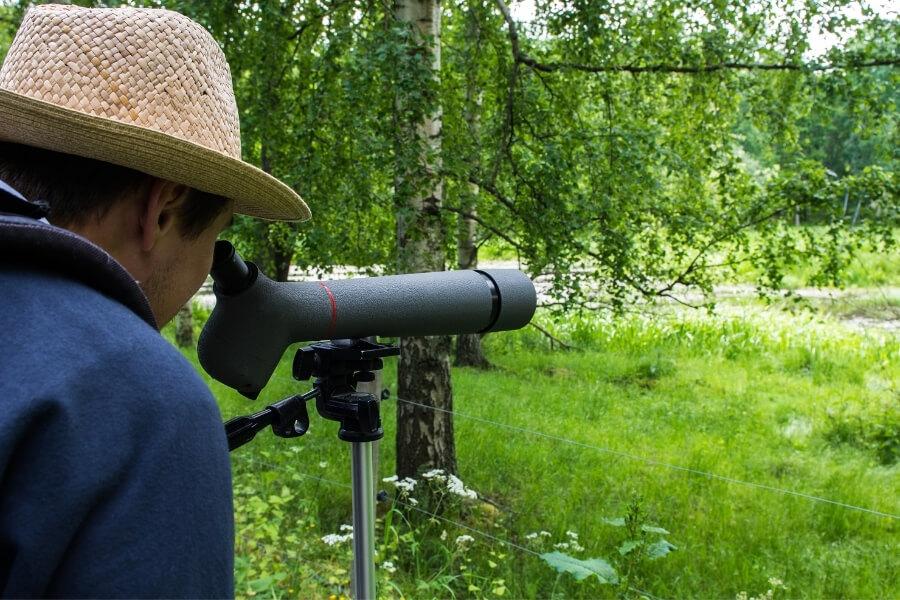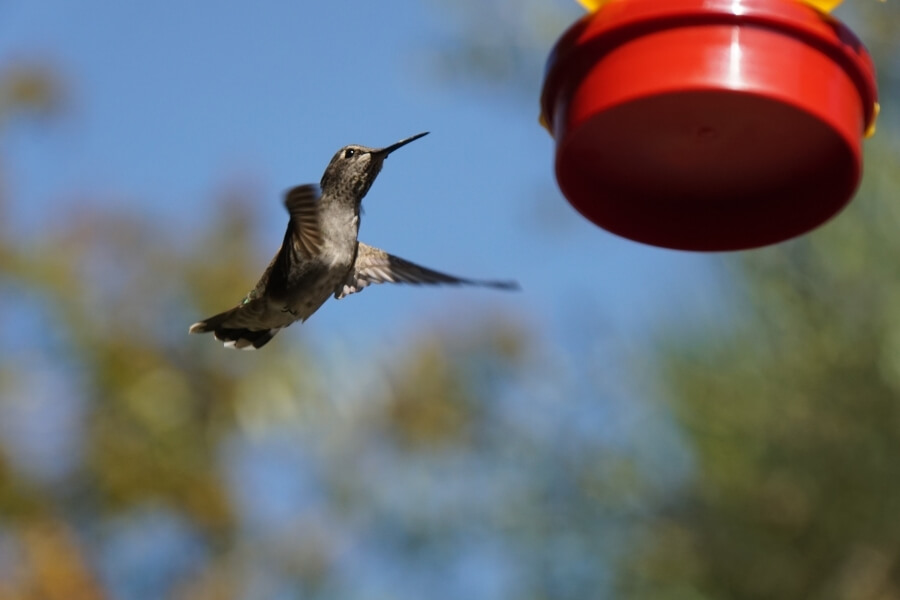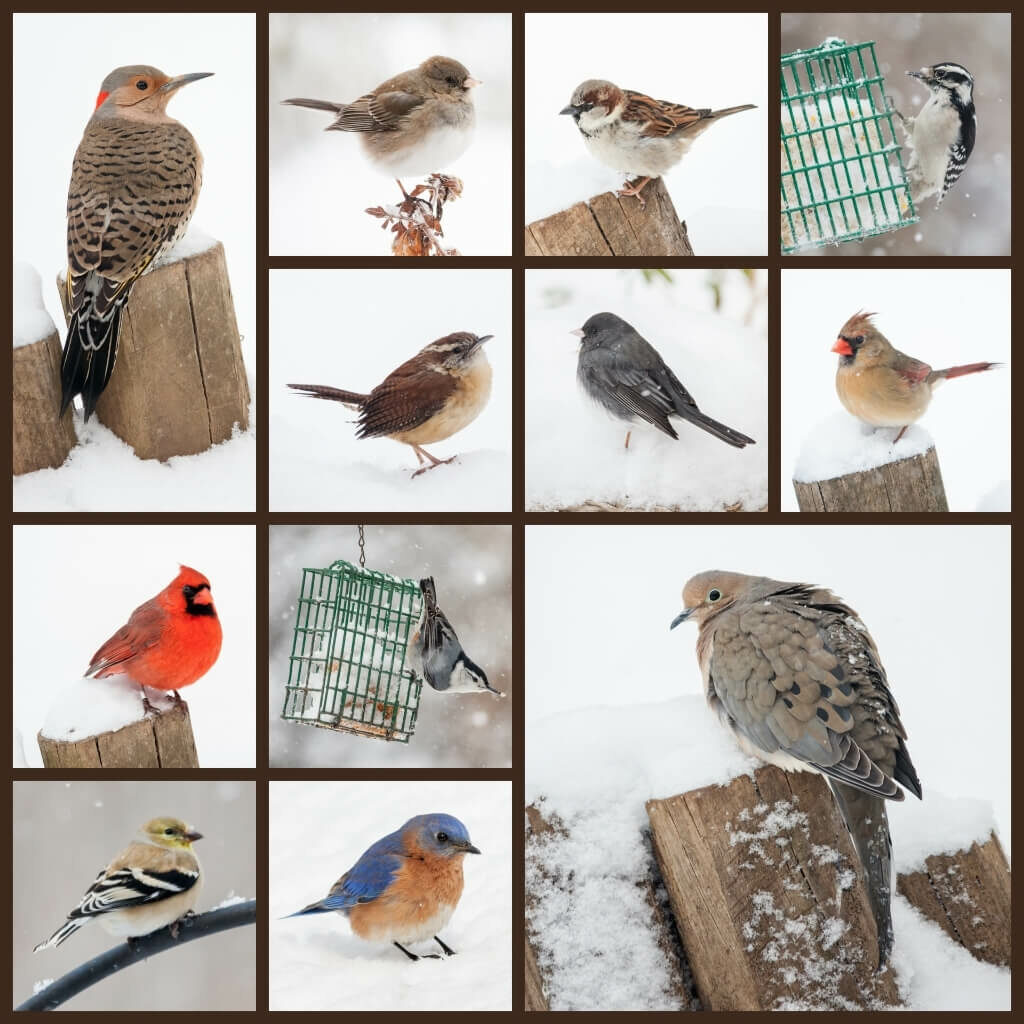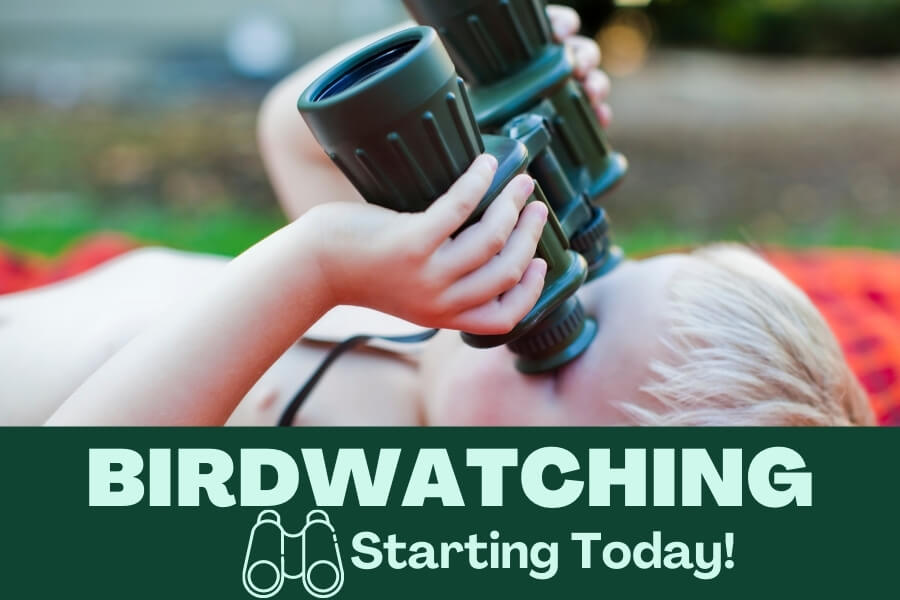Birding, bird watching, or simply being a birdwatcher are all terms for one of America’s most popular and fastest-growing hobbies.
According to a recent survey by the U.S. Fish & Wildlife Service, there are as many as 46 million bird watchers in the United States.
That’s a huge number of people and makes birding the most popular hobby in the United States, right behind hunting and fishing.
As you might imagine, this demand for birdwatching equipment has inspired a booming market for binoculars, along with other optics, backpacks, field guides, and more—and that means.
This article is to cover what birding or birdwatching is, why it’s so popular and how to get it started.
What Is Bird Watching?
Let’s start with the basics.
Birds have always been a part of our lives, either because we love them or hate them, but most of us have seen them.
When you go outside in your yard, on a hike, or take a walk downtown, you are probably noticing the birds that are there.
However, birding is more than just identifying or watching them—it’s all about enjoying them.

Birdwatching has three elements:
- the experience of being outdoors with an appreciation for nature;
- identification of species by sight and sound;
- recording what you see in a field guide or some other form (e.g., photos).
Bird Watching History
Bird watching is a popular hobby that has been around for centuries.
The first European to record many of the North American bird species was John James Audubon, an ornithologist, in the 1800s. He shot every strange bird he saw in order to study and document them. He was able to examine it thoroughly and draw it correctly, having a bird in his hand.
But Today’s birdwatching is very different. Birders Today take birdwatching seriously, but there is no harm done to the bird. Instead of shooting them, they use binoculars and spotting scopes to view birds in their natural habitats where they are unharmed.
They also may use bird calls or bird song recordings to lure birds into view for an up-close look. This technique is called birding.
Birdwatchers have bird feeders or feeding stations in their backyards where birds come to feed, especially during the winter months when food is scarce. Many birders prefer to watch birds native to their area, but some people also go birding in other parts of the world.
Who Is Bird Watching For?
All Ages!
The great thing about birding is that it can be enjoyed by the young and old alike, and anyone who enjoys wildlife and nature will enjoy birding.
I give you some examples:
Kids
Many people might not think of kids as birders, but they can be just as enthusiastic. Kids love birds, and many will enjoy learning about them—and sometimes, it’s easier to teach the young than adults who’ve lost that childlike wonder. And don’t forget that backyard bird feeders are a great motivator (e.g., getting up and going outside) for younger kids!

Seniors
A lot of people think you have to be young or athletic or active to enjoy nature and wildlife—but this isn’t true at all. If you like the outdoors, then birding is perfect for you because it doesn’t require much (if any) physical exertion beyond walking slowly and watching, looking, and listening with your ears and eyes.

Adults
Birding is a great hobby for adults, no matter what your tastes or interests might be, because it can fit into so many lifestyles and activities. So if you’re the type of person who loves to hike, bike, walk, ski or camp—or simply spend time in your backyard garden—birding will be fun as well as rewarding.

Why Bird Watching Is So Popular
Now that we’ve talked about what birdwatching is and who can do it let’s look at some of the benefits of this popular hobby.
It’s all-natural: Being outside with nature has been shown to have enormous health benefits (e.g., reducing stress and increasing mental focus), and birdwatching is a great way to do that.
You can do it on your own schedule: Since birdwatching doesn’t require physical exertion, you can go at your own pace, which makes it perfect for seniors or people with disabilities who might not be able to engage in more strenuous activity activities.

It’s affordable: Birding equipment isn’t cheap but compared to many other hobbies, it’s pretty simple and inexpensive—a pair of binoculars is the most expensive item, along with a good guidebook (and if you’re already spending money on gear for hiking or biking, then having another set for birding is no big deal).
It’s easy to learn: Birdwatching is easy to learn, and it’s a great way for people who are curious about birds or nature to start exploring. In fact, many birders got started because they were inspired by a teacher, parent, or friend who taught them the basics and showed them how much fun it could be.
It’s a social activity: One of the great things about birding is that you can do it on your own, but there are plenty of opportunities to share what you’ve seen with others as well.
Why Do People Even Want To Watch Birds?
For thousands of years, birds have inspired humans. Birds have the ability to fly—a feat that we humans only perfected during the previous 100 years.
No matter where you live, chances are that there’s at least one bird that fascinates you. Not only do they have beautiful plumage, but they also sing beautiful songs that seem to change every time you go out.
Some birds can even fly at high speeds and tolerate extreme weather conditions like rain and snow. They’re what I like to call the perfect combination of beauty and talent!
Birds are often considered one of the most amazing animal species on earth due to their many bizarre and interesting characteristics, which is just one reason people want to watch them.
An obsession with birds has been on the rise in recent years; you’ll find people of all ages watching their every move.
There are plenty of bizarre and interesting characteristics about birds which is one of the major reasons people like to watch them. With new bird species constantly being discovered, you never know what you’re going to see next!
Birds also have characteristics that we can understand, such as intense courtship displays, marital devotion, and the huge commitment to rearing their young.
Isn’t it the same like we are?
Birds are full of life, and we admire them because they offer us a glimpse of something greater. This appreciation leads us to want to know them better, to feel compelled to bring them closer to us.
Where To Start Birdwatching
Birdwatching doesn’t have any real limitations as far as where you can go—the entire world is your oyster!

However, for beginners, I recommend local parks and nature preserves because they are easier to access and will have more common birds, which makes it a little easier to get started. Once you learn the ropes, then you can branch out into other areas.
Watching birds is an activity that you can do anywhere at any time. It is one of the most popular hobbies in the world! You can enjoy watching birds even in your own backyard or take a trip to see them in their natural habitat.
How To Get Started: Basic Gear, Equipment, And Techniques
If you’re a beginner wanting to get into birdwatching, then it’s a good idea to start with the basics.
Luckily, you don’t need to spend a lot of money on fancy equipment to enjoy birdwatching. All you need is a pair of binoculars and some advice about where to look for birds.
The first thing you’ll need is binoculars. You’ll be surprised how far binoculars will take you -these are perfect for helping you see better when you’re going out in the wild and looking to spot birds from a distance.
How Much Does A Pair Of Binoculars Cost?
If you’re a bird watcher, then a decent pair of binoculars is a must. Many sophisticated binoculars can cost more than $1,000, but a good pair will only set you back about $100.
However, some birders will choose to buy used binoculars online. I’d suggest starting by looking for binoculars on Amazon, and you will find something suitable for your budget.

Magnification And Lens
Binoculars typically come with magnification, so make sure to choose the ones with the magnification range that is perfect for you!
7x, 8x, and 10x are the most common magnifications used for bird viewing.
When you read the binocular’s description, you will see something as in 7 x 40. The first number is the magnification, whereas the second number tells you the size of the lens of the binocular.
The size of your lens will determine how far away things can be seen – the larger they are, the more advanced your binoculars will be.
For birdwatching binoculars, the first number should be between 7 and 10, and the second number should be between 30 and 45.
Finding The Right Binoculars
Purchase binoculars that are easy to use so you can enjoy bird watching with ease.
It is important to find binoculars that are comfortable to hold, focus easily, give a clear image, and are comfortable for your eyes.
Every pair of eyes is different, so don’t settle for binoculars if they do not feel right. The perfect pair of binoculars for you should feel like a natural extension of your hands and eyes.
With some practice over time, you will become adept at using your optics, and with patience, you will be operating them like a pro!
An Identification Guide
When you start bird watching, bird identification can be challenging – and there’s nothing more discouraging than not being able to identify a bird in the field.
To avoid this problem accompanied with birding, you should purchase and carry bird identification guides in the field.

But before that, you’ll need to decide which type of bird watching you’ll be doing.
Are you birdwatching in your backyard? Or you’ll be birding out in the field.
For backyard birdwatching:
try to focus on birdwatching animals and birds that are common in your area. You’ll need an identification guide that is just more specific for your part of the region.

For birdwatching in the field:
You should get a field guide for bird identification which will contain bird species found all over North America, from coast to coast.
There are numerous bird books on the market, so choose one that features birds of your region or birding location.
As your bird watching expertise increases, you can then expand into bird identification guide books that are more specialized or thorough.
Don’t be afraid or discouraged if it takes some time before you can easily bird-watch and bird identification. It takes time to develop skills, build birding experience, and learn about bird watching equipment.
What Else You’ll Need? A Notebook and Pen
You’ll also want a notebook and pen to take down notes on what you’ve seen and heard, just so that when you get back home, there’s something to jog your memory with. That way, you won’t forget any details or facts about specific species, which could come in handy for bird identification purposes.
Having a notebook and pen to jot down observations also makes it easier to compare bird species and bird songs between outings or with other bird watchers. You’ll find that bird watching is more than simply looking at pretty birds – it requires patience, practice, and some planning ahead. But I guarantee you’ll be amazed by the birdwatching world!
Conclusion Paragraph
Bird watching is a hobby that can be enjoyed by bird lovers of all ages and skill levels. All you need to invest is time, patience, a pair of decent binoculars, and a bird identification guide to getting going.
So what’s the waiting? Get bird watching Today!
